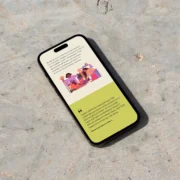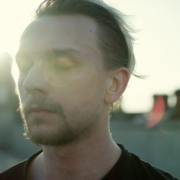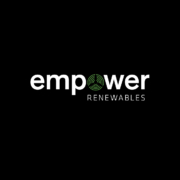Tilting the Lens
Website for strategic consultancy driving system change through lived experience.
Introduction
Global strategic accessibility consultancy Tilting the Lens required a new website that embodied their mission to use lived experience to create system change beyond just compliance. Their goal is to create the conditions for Disabled people to be successful in a fair and accessible world.
Objectives
The challenge was to design a website that functioned as a communication tool, a functional hub, and a living example of best practice in accessibility. At every stage, we worked together to push far beyond compliance, and created a site that is intuitive, responsive, and equitable for all users. The entire project was an iterative learning journey in access.
Our design intent was to centre lived experience in every decision – from navigation and content structure to aesthetics and technology – ensuring that the site not only showcased Tilting the Lens’ work but also modelled and led with human-centred co-design.
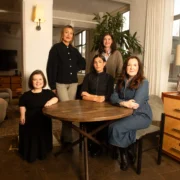
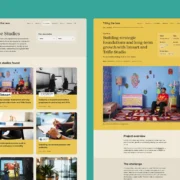
Beyond accessibility standards
The new Tilting the Lens website is a living example of co-design and human-led design. We created and evolved new examples of best practice, showing what can be achieved when accessibility drives creativity. The ambition was not simply to comply with access standards, but push beyond them. The site reflects one of Tilting the Lens’ core beliefs: that accessibility is not a checkbox but both a framework and an evolving practice.
What sets this project apart is the design process. Accessibility was not retrofitted, but embedded from the outset through collaboration with Disabled people.

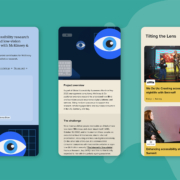
User testing
User testing took place at multiple stages during the process. From the initial research and discovery, to team workshops, through to design and development with Disabled people from Tilting the Lens’ research database. Their feedback shaped the direction and decision-making process in the design and development of the website.
We used a combination of user testing methods to consider individual elements like page names, button styles and filters. Some useful feedback from users was around their browsing preferences and experiences, i.e websites in dark mode, integrated tech, and common issues they face. We responded with various solutions, like creating a dark mode version that the site automatically switches for the user’s preferences.
A combination of automated tools, manual checks, and real-world engagement with Disabled testers shaped decisions on content, navigation, typography, colour contrast, and interactive elements, ensuring the finished product met user needs rather than simply technical standards.
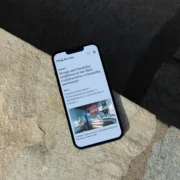
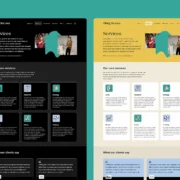
What sets this project apart is the design process. Accessibility was not retrofitted, but embedded from the outset through collaboration with Disabled people.
Sinéad Burke
CEO and Founder, Tilting the Lens
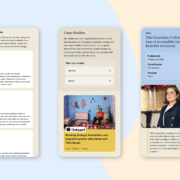
Accessibility and aesthetics
Design that is made to be accessible often over-emphasises functionality rather than being intentionally about look and feel. Our approach ensured that aesthetics were never compromised but rather an important element of the website that reflected the established global brand.
The project was a collaborative effort between New Graphic and Tilting the Lens, underpinned by consultation and testing with Disabled people from their research database. The outcome is a website that is visually clear, doesn’t compromise on aesthetics, and is profoundly inclusive. It is a platform that will continue to evolve alongside accessibility standards and feedback from user needs.
You can read a more in depth version of this case study at the link below.
How we co-designed our new website centring Disabled people and lived experience
